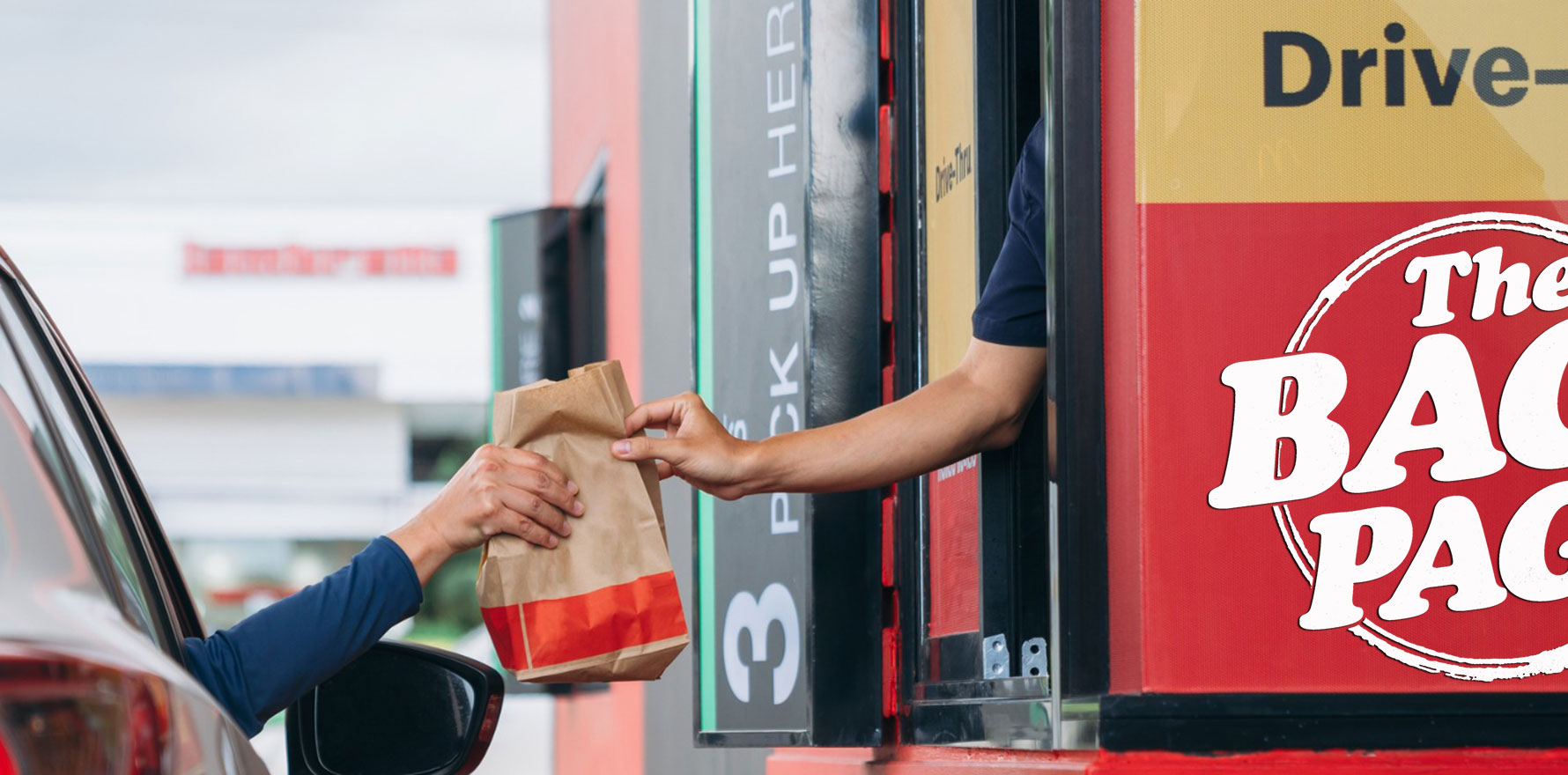Would you like fries with your blood pressure reading?
Remember during the pandemic when there were drive-thru sites for covid tests?
If you felt sick and needed a PCR, all you had to do was jump in your car and drive to a predetermined location (not a McDonald’s or KFC, although in retrospect that might not have been the worst idea in the world) where healthcare workers, dressed to the nines in PPE, would get you to roll down your window and then stick a swab up your nose to collect a sample before sending you on your merry way.
It wasn’t a perfect system – sometimes the SMS results came through weeks, rather than days, later – but they were as good as something could be in the middle of a global disaster.
The idea of using high-throughput, minimal-contact processes like drive-thru sites is an attractive proposition to many parts of healthcare, because it removes one of the largest barriers to delivering screening, testing and preventative initiatives to the masses: getting people to come into the clinic.
However, before you run and take the old man’s Ford to a drive-in/thru, you (and the broader medical community) need to be confident in what they are doing.
Which brings us to a study that crossed The Back Page’s desk during the week, entitled “Accuracy of a novel high-throughput ‘car blood pressure’ measurement protocol”.
The new study, published in the American Journal of Hypertension, involved a group of US researchers who were curious to see if you could get an accurate measurement of blood pressure while someone was sitting in their car instead of inside the doctor’s office.
Their thinking was that if the readings from the two locations were similar enough, then you could use this approach as a way to make it easier to screen a whole lot of people for hypertension, a risk factor for a whole range of bad things.
The intrepid researchers recruited 100 people from a clinic in Detroit, Michigan and used an automated blood pressure cuff to measure blood pressure at three time points: in the clinic, in the car in the parking lot and in the clinic again.
Detroit can get pretty cold during the winter months (an average low of -5C), but the researchers had a plan for that.
“During BP measurement the automobile was turned off; however, during cooler months prior heating was used to ensure comfortable in-cabin temperatures,” they noted.
Three measurements were taken at each time point, with the in-clinic readings averaged before being compared to the automobile-based assessment. The in-car BP reading was considered accurate if the difference between the car and clinic readings were less than 10mmHg different (for both systolic and diastolic BP) in at least 85% of participants.
Perhaps unsurprisingly, the two readings were highly correlated. The systolic BP had a correlation coefficient of 0.92, while the diastolic BP had a coefficient of 0.82.
The average difference in systolic and diastolic BP between the two methods was roughly 2 and 5mmHg, respectively, with 85% of patients meeting the predetermined definition of accurate.
“Given the nature of our study design requiring a reference method (clinic BP) to be obtained within minutes of the new method (car BP) to ensure accurate comparisons, the results are limited in that they may not apply to other settings away from the specific clinic parking lot.”
This limitation aside, the researchers feel their “convenient strategy for the public” has a lot of merit – even if more research is needed.
“This includes assessments of patients’ perspectives regarding car BP and evaluating optimal methods to link individuals with high BP readings to appropriate follow-up care.”
Being able to link individuals who have, or are at risk of, hypertension with the relevant follow-up care is certainly an important point to consider.
I just hope these people won’t have to wait for weeks to get their results.
Pass story tips through the window to penny@medicalrepublic.com.au.


